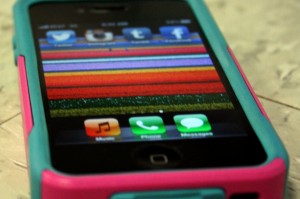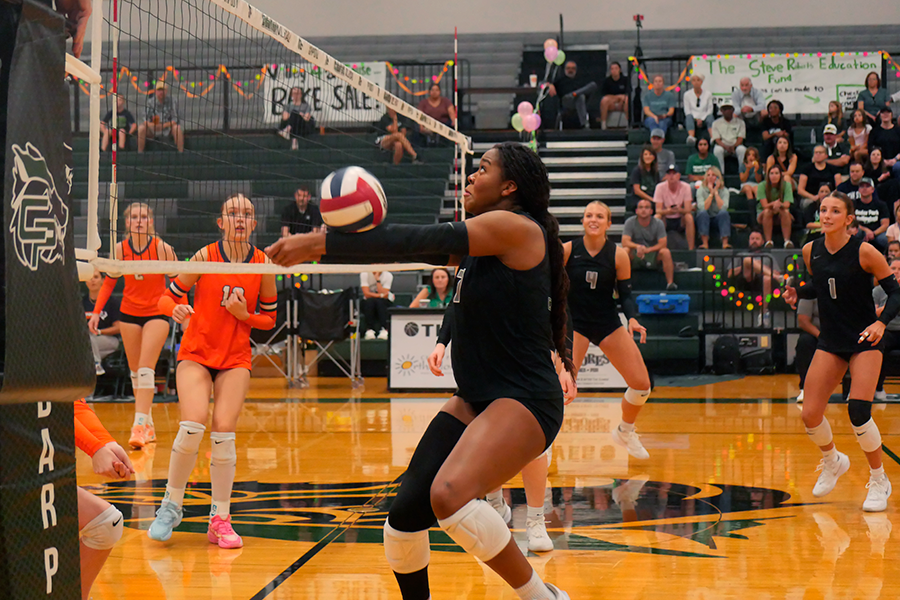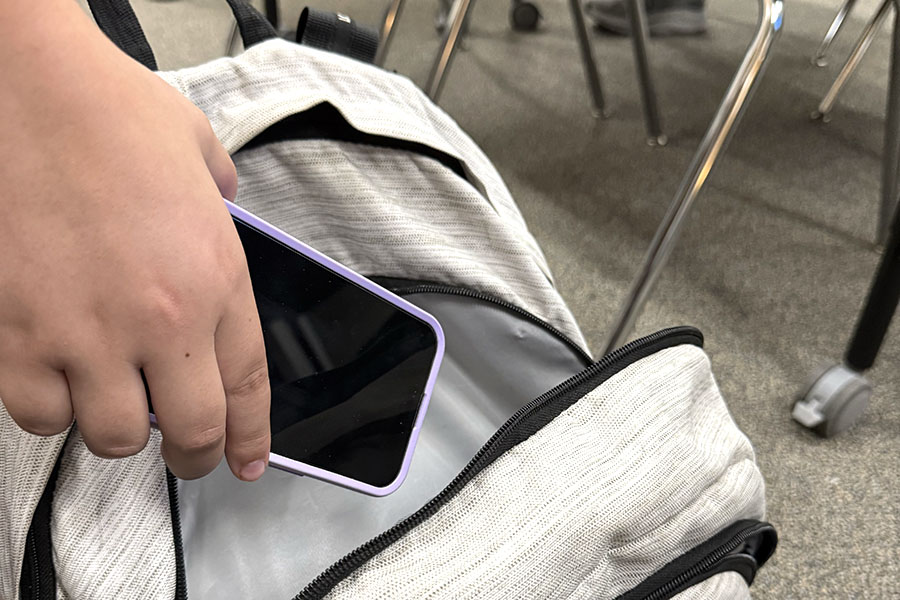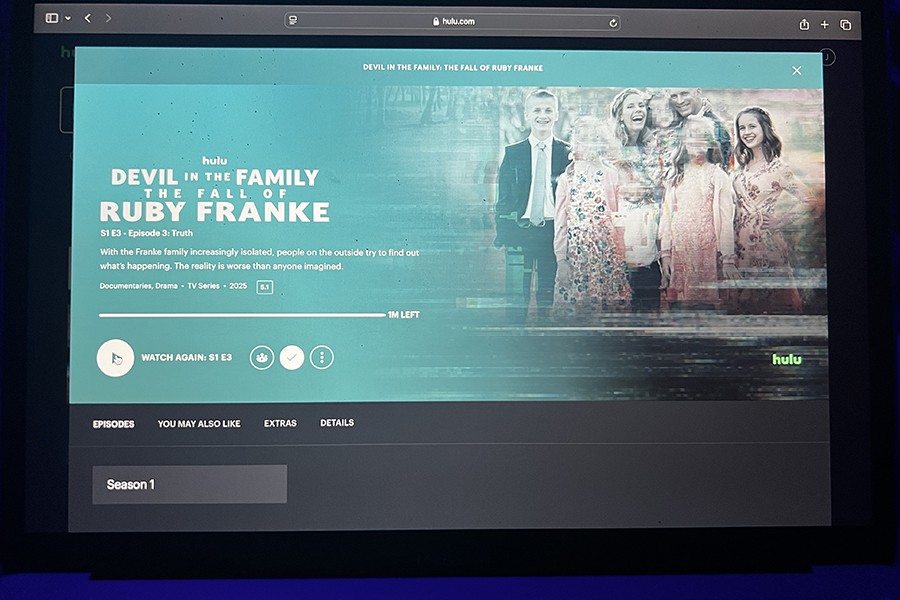 Everywhere you go, it’s there. It lurks behind the next door, stalks you down the hallway, and follows you into the bathroom. There’s no escaping it. Even if you tried, you could not outrun it. It is your biggest fear.
Everywhere you go, it’s there. It lurks behind the next door, stalks you down the hallway, and follows you into the bathroom. There’s no escaping it. Even if you tried, you could not outrun it. It is your biggest fear.
Nomophobia (noun): the fear of being out of mobile phone contact.
Heartbreak, panic attacks, and sudden light-headedness are just some of the side effects. Whether you are in denial or have accepted the condition, chances are, you are a victim of the crippling fear. Heaven forbid you end up at school while your cell phone rests silently on your bedside table.
Some teachers assume that cell phones are the silent killers. They kill brain cells, kill opportunities for relationships, and kill the drive to learn.
This provincial view of deadly cell phones has been widespread among educators since the early seventeenth century. Back in the un-air conditioned days, teachers swatted children with rulers in lieu of sending them to ISS. Everyone wore black gowns and braided their long, dirty hair. The entire student population gathered in the classroom for a lesson on cow milking.
Now the days have come when community service is punishment, dress code allows students to show the skin of their ankles, and pep rallies promote the entire student body to yell mindlessly at the top of their lungs.
With this new era, new thoughts on technology have arisen. The Age of Enlightenment has seen its modern-day counterpart. New thoughts, new ideas, new social media websites, oh my!
And how are our administrators struggling to stay hip and get jiggy with the changing times? School policy unexpectedly welcomes the use of cell phones for “instructional purposes.” Administrators hope that utilizing the phones that seem to be Guerrilla-glued to every student’s hip will create a more open learning environment.
There’s a catch, though. When you pull out your shiny new iPhone 5, it must be used for instructional purposes only.
The screen lights up. Twitter, Instagram, Pinterest, and Facebook are just a touch away. The teacher drones on in the background about how interesting and helpful her newly updated website is. An inner battle begins. As quickly as it started, the battle is won. Instagram: 1. Teacher: 0.
In capital letters, the signs around school announce that “the use of phones, tablets and laptops for learning is permitted and encouraged.” Are you wondering when your device is approved for use? The list tells all.
For the rule-followers, goodie-two-shoes, and future Harvard graduates, the school board’s request of strictly educational use of electronics is very realistic. This new policy has opened doors that were tightly locked while students sat outside and their phone sat silently in their backpack.
However, for the vast majority of the student population, this change in rules has created the perfect loophole in the system. As far as the teacher knows, Miss Jane Doe in the back of the classroom could be researching a new intellectual concept. On the other hand, she could be Tweeting to another distracted student in the room next door.
Students are not the only ones facing the changing school atmosphere. Teachers must contend with the rules and compete with the intriguing little toys.
Wherever you stand on the issue, you can stand confidently with your phone in hand without fear of an Assistant Principal walking by to confiscate it.
The lines are blurred, the population is split, and the cell phones are on.



![Jumping off the ground, senior linebacker Bennett Patton snatches the ball out of the air for an interception at Thursday’s game against Chaparral. Patton had two interceptions in the 56-14 victory, tying the school record for interceptions in a game. “I was just playing the game,” Patton said. “[I’m] going to go into next week, forget about it and stay humble.” Photo by Harper Chapman](https://cphswolfpack.com/wp-content/uploads/2025/09/bennett-interception.jpg)
![The fire department came to the school after students were evacuated when smoke started coming from the ceiling of a classroom. All students and staff are safe. “All of my friends left their stuff too, so we couldn’t contact our parents, and it was stressful,” senior Brynn Fowler said. “It was scary because I didn’t know [what was going on], and I couldn’t find anyone because it was a big crowd.” Photo by Anthony Garcia](https://cphswolfpack.com/wp-content/uploads/2025/09/firetruck.jpg)


![Sitting with her friend senior Sohpia Struve at last year’s Austin City Limits Festival, senior Ava Zuniga poses for a picture under a pavilion. They are frequent attendees at ACL, an annual music festival at Zilker Park. “I would recommend seeing a bunch of people,” Zuniga said. “This past year, we camped out for Chappell [Roan] for a really long time. I think the whole point of ACL, [which] is a lot of fun, is that you can go see so many different people, even if you don’t know them. So by camping by one person, it really limits yourself from being able to go see a bunch of people.” Photo courtesy of Ava Zuniga](https://cphswolfpack.com/wp-content/uploads/2025/10/EE9E9484-FE6F-4AA0-B5F5-0C177AB32841-1200x857.jpeg)
![Broadcast, yearbook and newspaper combined for 66 Interscholastic League Press Conference awards this year. Yearbook won 43, newspaper won 14 and broadcast took home nine. “I think [the ILPC awards] are a great way to give the kids some acknowledgement for all of their hard work,” newspaper and yearbook adviser Paige Hert said. “They typically spend the year covering everyone else’s big moments, so it’s really cool for them to be celebrated so many times and in so many different ways.”](https://cphswolfpack.com/wp-content/uploads/2025/05/edited-ILPC.jpg)





![Looking down at his racket, junior Hasun Nguyen hits the green tennis ball. Hasun has played tennis since he was 9 years old, and he is on the varsity team. "I feel like it’s not really appreciated in America as much, but [tennis] is a really competitive and mentally challenging sport,” Nguyen said. “I’m really level-headed and can keep my cool during a match, and that helps me play a bit better under pressure.” Photo by Kyra Cox](https://cphswolfpack.com/wp-content/uploads/2025/09/hasun.jpg)

![Bringing her arm over her head and taking a quick breath, junior Lauren Lucas swims the final laps of the 500 freestyle at the regionals swimming competition on date. Lucas broke the school’s 18-year-old record for the 500 freestyle at regionals and again at state with a time of 4:58.63. “I’d had my eye on that 500 record since my freshman year, so I was really excited to see if I could get it at regionals or districts,” Lucas said. “ State is always a really fun experience and medaling for the first time was really great. It was a very very tight race, [so] I was a bit surprised [that I medaled]. [There were] a lot of fast girls at the meet in general, [and] it was like a dogfight back and forth, back and forth.” Photo by Kaydence Wilkinson](https://cphswolfpack.com/wp-content/uploads/2025/03/Kaydence-2.7-23-edit-2.jpg)
![As the support team sits and poses for a photo in the cafeteria with the counseling team they eagerly wait to start their day. "We [all] seem to be a team, I get up every day and there's days where I don't want to go to work today, but I'm thankful that I have a job and I'm blessed to have what I have," Christopherson said. Photo Courtesy of Julie Weltens.](https://cphswolfpack.com/wp-content/uploads/2025/01/AF9E8470-10D7-4C91-BF28-EC8F86BAB66C-1200x852.jpeg)
![As he sprints with the ball, senior running back Trae Hill breaks a tackle during Friday’s 35-14 loss against the Vandegrift Vipers. Hill ran for 135 yards and two touchdowns during the game. “[Scoring] was electric,” Hill said. “It always feels good to score, but the O-line did everything.”](https://cphswolfpack.com/wp-content/uploads/2025/09/IMG_0795allie.varfb_-1200x799.jpg)















